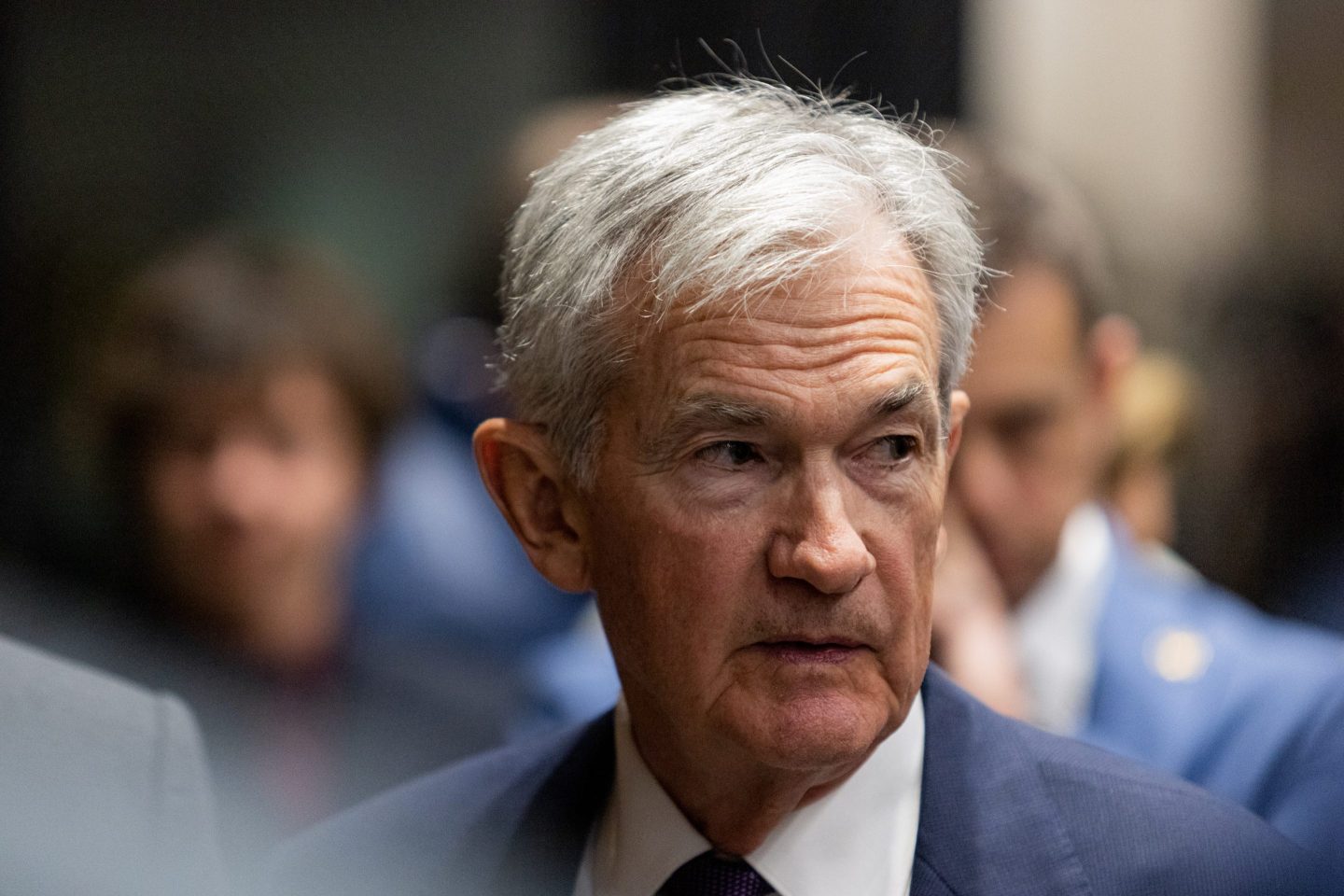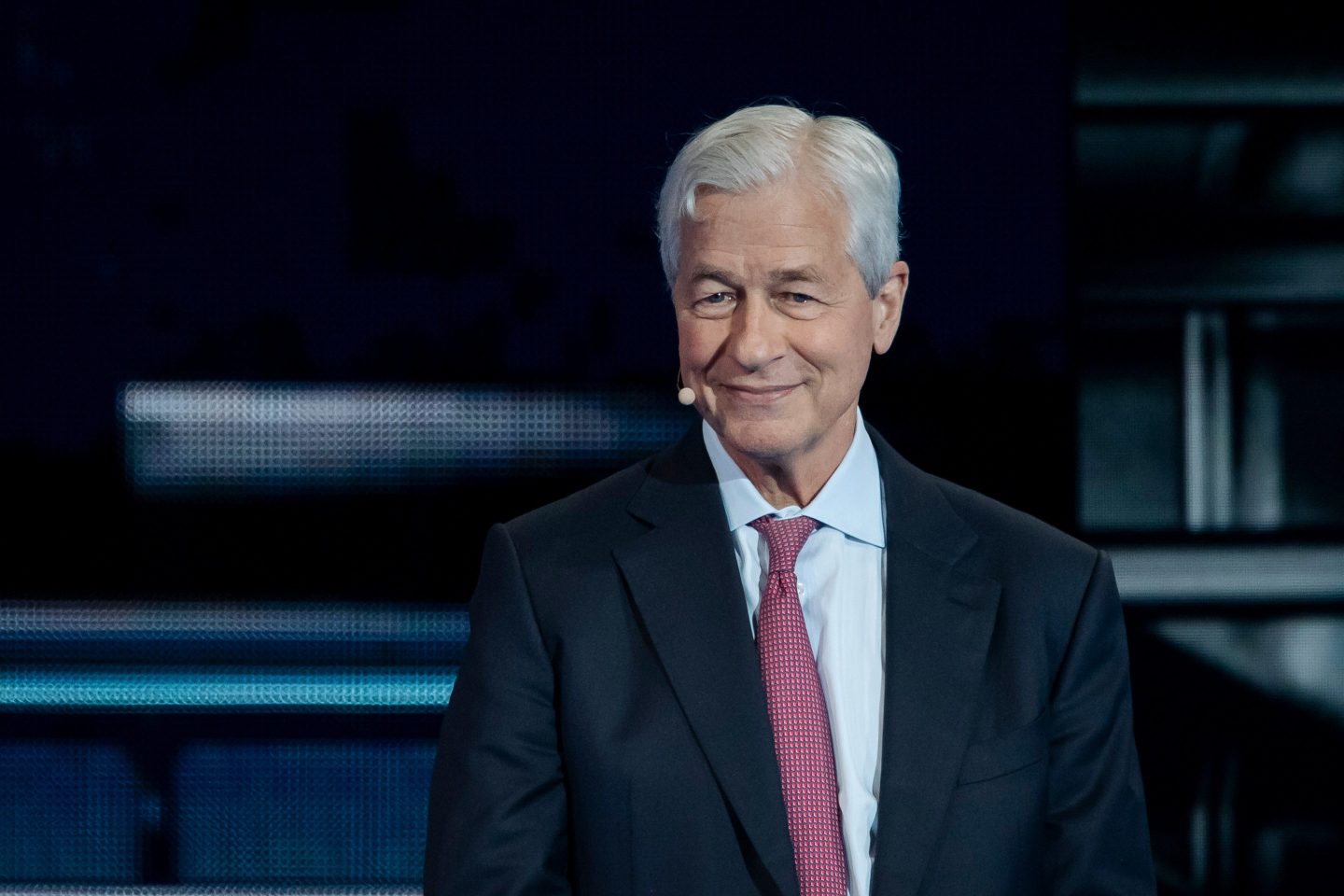Back in 2013, I recall meeting crypto enthusiasts who would assure me that the only “real” way to get Bitcoin was to buy it in the streets. There were other ways to get it, of course, but it was also true that people did buy it in the streets at outdoor meetups or via sites like LocalBitcoins where you could arrange in-person transactions. Typically, this would entail the parties holding up QR codes Venmo-style and handing over paper money.
How times have changed. In the past week, Coinbase announced its app will be offering crypto futures to retail investors in the U.S. This comes after the company put forth plans to join other exchanges in offering perpetual swaps on an offshore platform, which one crypto enthusiast has said are “for traders who want the benefits of derivatives, but don’t want to deal with the complexity of expiration dates.”
As I’ve written before, I don’t go anywhere near these sorts of products, for good reason. I don’t want to try my luck against professional traders who feast on retail novices. The entire derivatives market is something I’m happy to leave to math wizards and reckless gamblers.
This doesn’t mean there is anything wrong with derivatives themselves, which are useful for price signals and add depth and liquidity to financial markets. And in the case of Coinbase, offering futures and swaps could prove a sound strategy for diversifying revenue.
I do wonder, though, if the push by Coinbase and other crypto firms to offer ever more futures, swaps, and so on means companies are less focused on Bitcoin’s original goal of democratizing finance. How do you build a movement around exotic products that few people use or even understand?
Crypto companies don’t see it this way, of course. They regard derivatives as a way to make money while helping crypto markets become more stable and durable. But at a time when crypto still continues to search for a use case that will help it catch on among ordinary people, companies like Coinbase should not forget to build products that can create the enthusiasm of Bitcoin’s buy-it-in-the-streets era.
Jeff John Roberts
jeff.roberts@fortune.com
@jeffjohnroberts
DECENTRALIZED NEWS
The FTX estate wants to pay creditors back in cash, not crypto, and is asking court permission to tap Galaxy Digital to help “enter into hedging and staking arrangements.” (Fortune)
Sam Bankman-Fried has been asking for Adderall while incarcerated but is unlikely to receive it owing to federal prison guidelines that frown on dispensing stimulants. (New York Post)
Mastercard is ending its fledgling partnership with Binance, which will lead the exchange to sunset its prepaid Binance Card in September. (Fortune)
A crypto scammer tricked the Drug Enforcement Agency into sending $50,000 of seized Bitcoin to them instead of the U.S. Marshals Service. (Forbes)
The price of Pepe tumbled in response to reports that those controlling the memecoin’s wallet dumped a huge number of coins and tampered with its security features. (CoinDesk)
MEME O’ THE MOMENT
This is the web version of Fortune Crypto, a daily newsletter. Sign up here to get it delivered free to your inbox.












